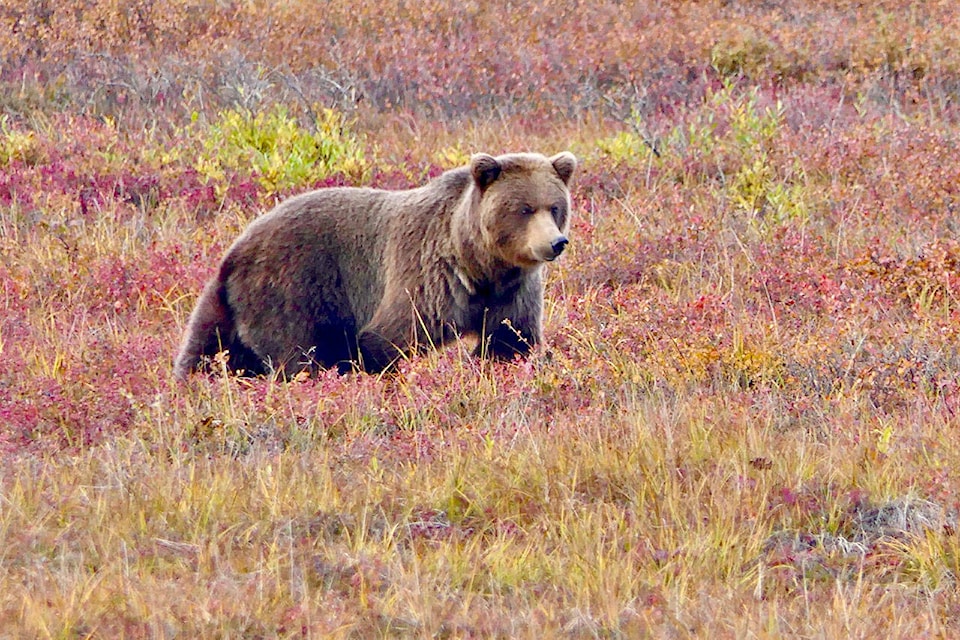Grizzly Bear Protection Yukon
Grizzly bears are the supreme symbol of wilderness in North America. Yukon indigenous people profoundly respect Grizzly bears, and they see bears as our equals. Yukon indigenous people use an honorific term or a familiar name (such as grandfather, brother, cousin) to speak about bears, and they do not imply human superiority over bears.
Historically Grizzly bears were widespread throughout North America, ranging from the Arctic Ocean to central Mexico, and from the Pacific Ocean to the Mississippi River. Presently, they no longer inhabit half of their historical range. As agriculture started to take over the world, the mystical relationship between humans and bears started to diminish. This is when Grizzly bears started to be relentlessly persecuted for entertainment, trophy hunting, ranching, farming, mining, and oil, which resulted in entire populations being decimated in North America and Europe.
Since June 2018, Grizzly bears in Western Canada are listed under the federal Species at Risk Act (SARA) as a species of Special Concern. But still trophy hunting is legal in Yukon, with more than a thousand hunting tags sold each year. The Yukon and the Northwest Territories are the only places in Canada where Grizzly bears can still be hunted. Trophy hunters, coming from all over the world, continue to take our generally gentle giants, who seldom attack unless they feel threatened.
In Yukon, it is illegal to hunt cubs and sows with cubs. yet, between 2016 and 2020, 14.2% of hunted Grizzly bears were cubs (data obtained from YTG), and 24.8% of female Grizzly bears were hunted with 48% of them being considered sexually mature. Sexually mature female Grizzly bears are either accompanied by cubs that they hide for their protection (hunters might not see them) or they internally carry the future generation. Hunting sexually mature female bears and cubs is detrimental to the survival of the species, and this is a real problem in Yukon.
Grizzly bears are highly vulnerable to habitat changes, and they are being increasingly displaced by human settlement. Being the slowest land mammal in North America to reproduce, they demonstrate a low resilience to human-related mortality factors; female Yukon Grizzlies mature at 7-9 years of age, have small litter sizes (1 to 3 cubs), have long intervals between cub births (3 to 5 years) and the survival rate for cubs is low. Add to these challenges climate change impacts and road kills, and you have a species that is struggling to survive.
Since it is difficult and expensive to study bear populations, few field studies on their abundance have been done in Yukon. The number of Grizzly bears in Yukon is estimated at 6,000–7,000 bears; however, the real number is unknown. This estimate was derived in the 1990s, based on biologists’ understanding of how many Grizzly bears could be supported in various regions of Yukon.
Yukon needs to focus on scientific assessment of the Grizzly bear populations. In the meantime, Yukon needs to protect the uncertain number of Grizzly bears left roaming the Territory, like Alberta and British Columbia did. If we lose the Grizzly bear and other bear species, we will not only lose a number of other species and habitat along the way, but a major part of Yukon’s and North America’s story.
